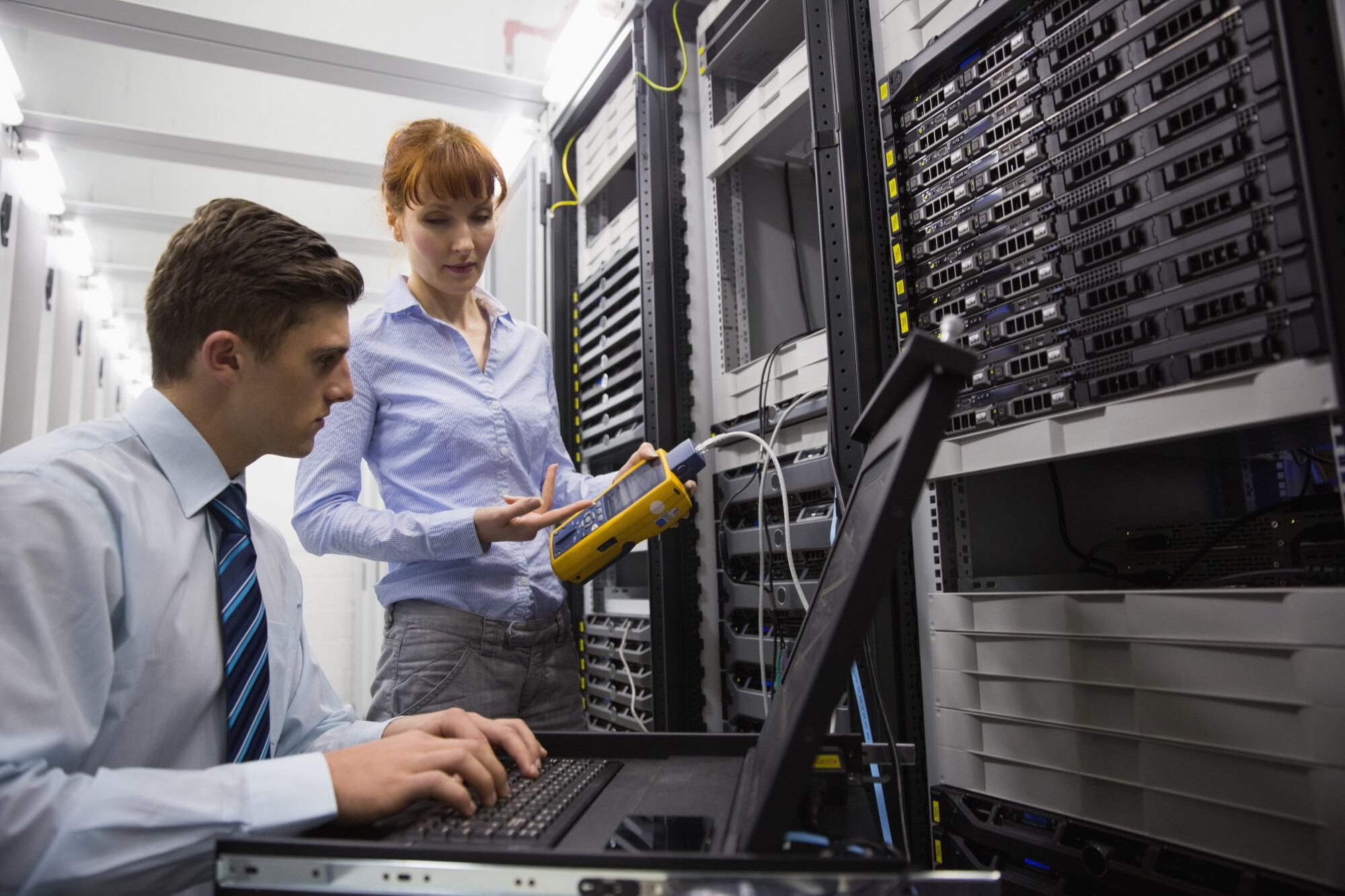If you’re a small or medium-sized business owner, you know that building a network is no easy task, especially when it comes time to buy and set up networking hardware. For example, you may have heard terms like LAN, WAN, and CAN before, but what do they actually mean, and what hardware solutions do you need to set up each type of network?
This quick guide will explore some key network hardware components, providing you with the essential tools to start building your network from scratch. Keep in mind the hardware elements of your network need to be managed by appropriate software, but we’ll leave that topic for another time.
What is Networking Hardware
Networking hardware is the physical equipment that makes up your company’s network. It includes devices that enable communication between the computers and other devices on the network. This includes the following:
- Routers
- Switchers
- Modems
To understand this better, it helps to know that your network can be divided into three categories: LAN, WAN, and CAN. LANs are used for small-scale networks within one location, while WANs connect large-area networks across different jurisdictions. CANs join multiple LANs together in a nearby area.
However, regardless of the category, here’s a brief breakdown of the networking hardware any system will likely need to help you understand why hardware selection is so important.
Modems
A modem is a piece of computer hardware that connects your business’s local network to the internet. It modulates and demodulates signals and turns digital information into analog signals that can travel across telephone lines. Most ISPs require a modem to connect to their network.
Routers
A router is a networking device that forwards data packets between computer networks. It directs traffic between devices within a local network and the internet. In addition, it can provide security features such as firewalls and VPNs.
Hubs, Bridges, and Switches
These devices allow multiple devices to connect to a network and share resources. Hubs connect devices by sending broadcast signals, bridges connect multiple networks, and switches use physical addresses to direct data to specific devices.
Network Cables
These carry data between devices in a network. Ethernet cables are the most commonly used and can handle up to 10 Gbps.
Network Interface Cards
These are hardware components that enable computers to communicate over a network. Some NICs can be integrated into the motherboard, while others are added as expansion cards.
Firewalls
A firewall is a security system that monitors and controls incoming and outgoing network traffic. It adds extra protection to your network and can prevent unauthorized access.
Get Business Networking Solutions
We hope this quick guide has helped you understand networking hardware and its importance. However, we’ve only touched the tip of the iceberg regarding the vast networking world. Countless options are available to small to medium-sized businesses to help them succeed in today’s fast-paced digital world.
When considering which networking hardware to use, it’s important to speak with an IT specialist to help you determine which options are best suited for your specific needs. Don’t hesitate to contact us to learn more and speak with one of our experienced specialists. We’re here to help you take your network to the next level!

